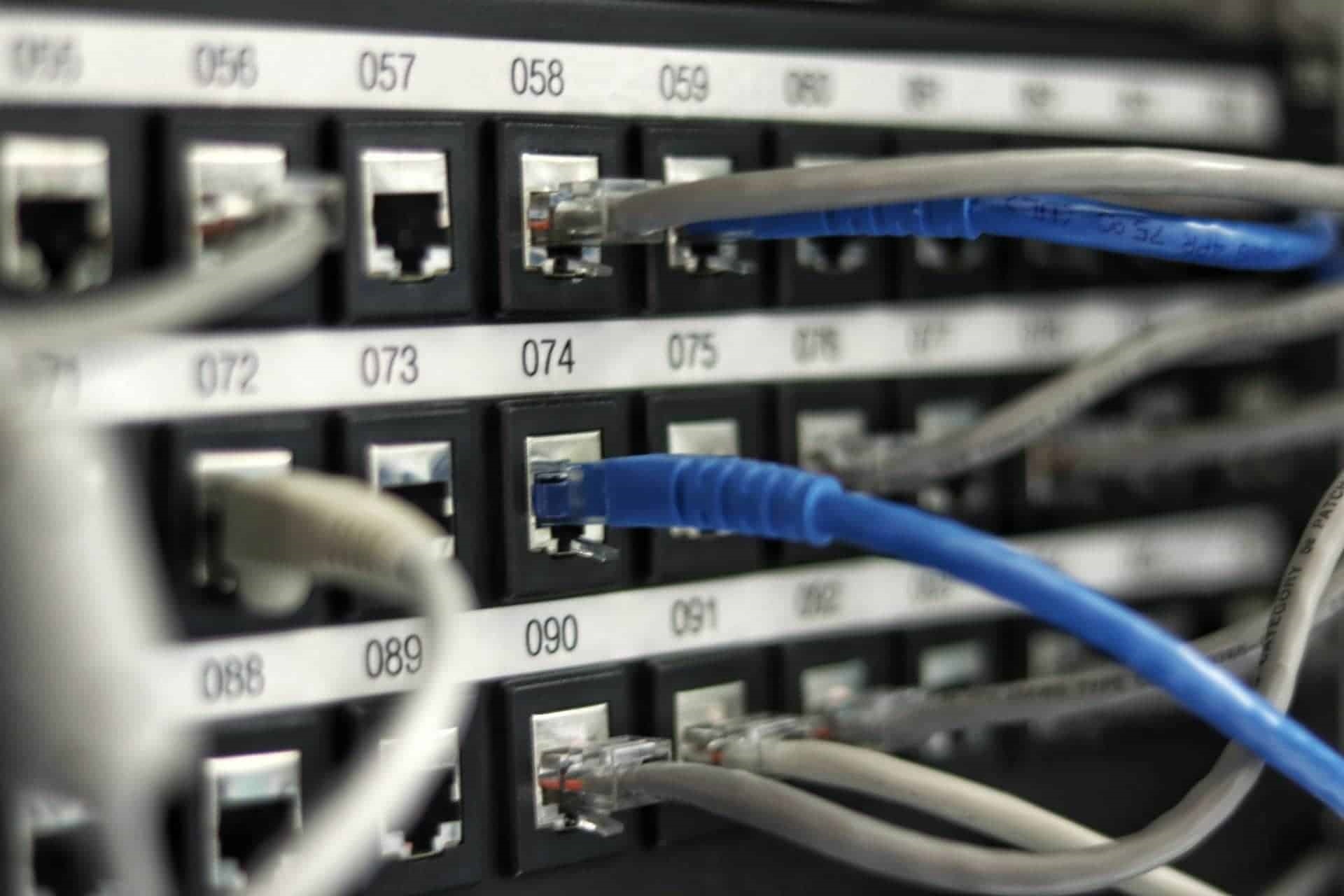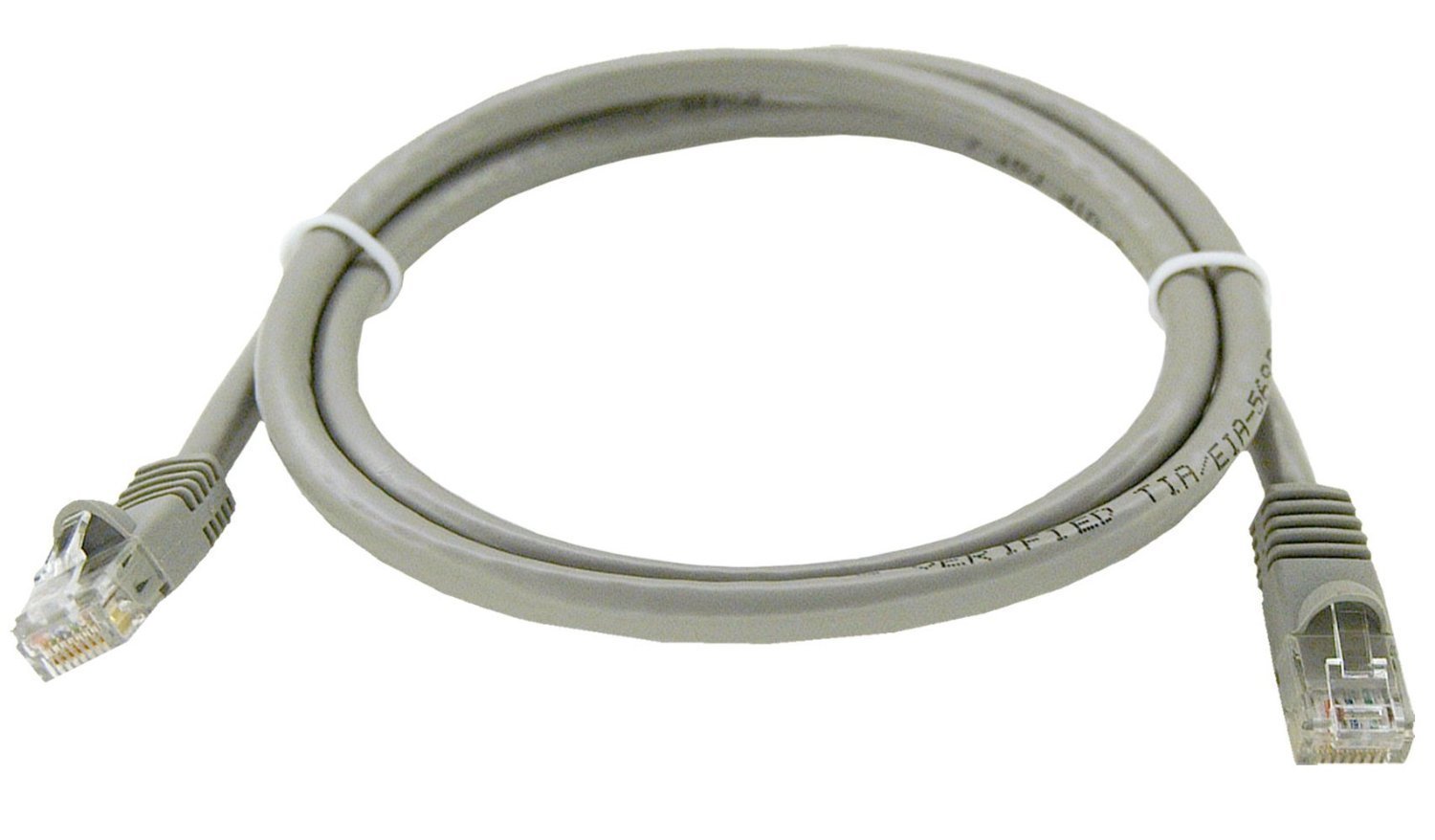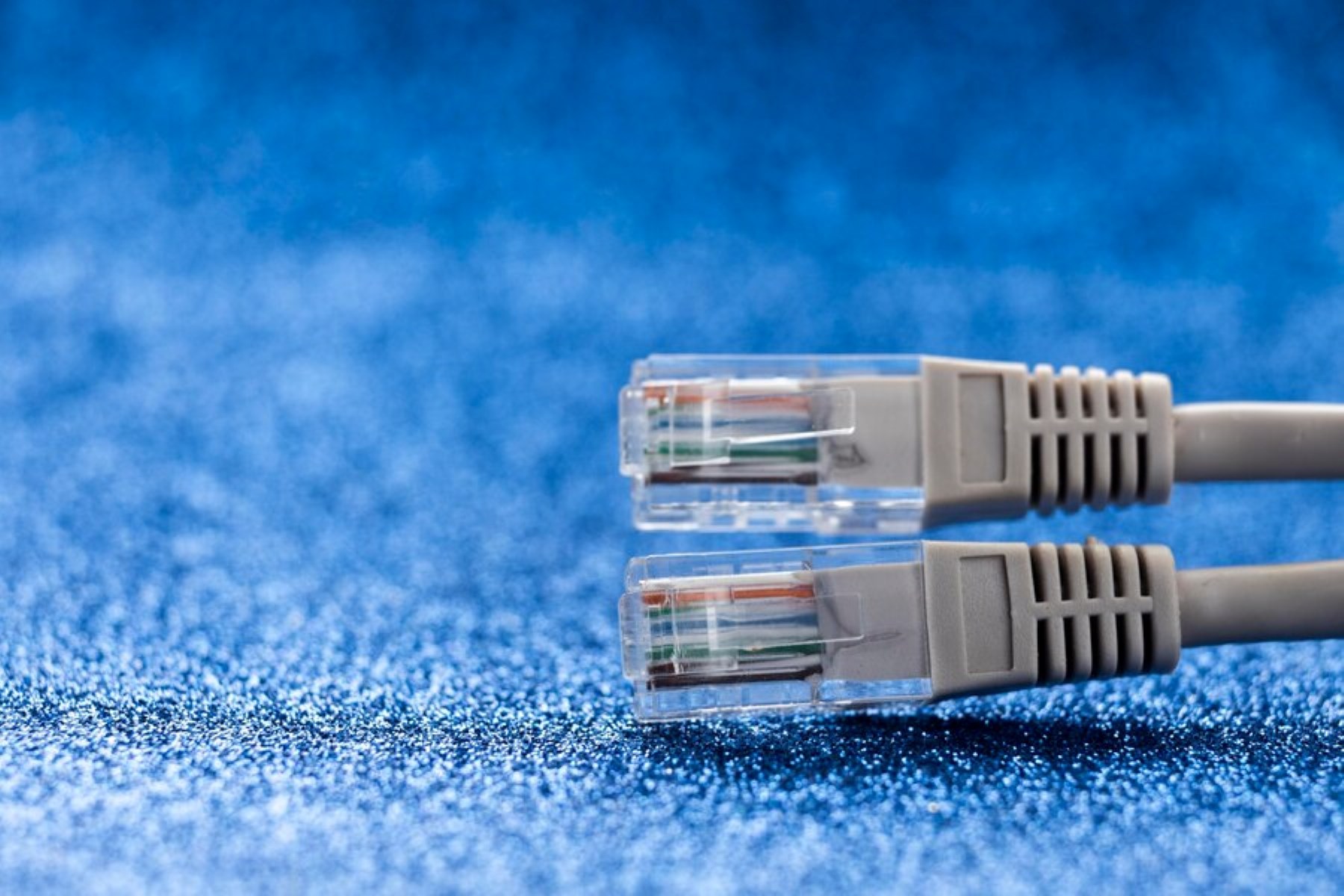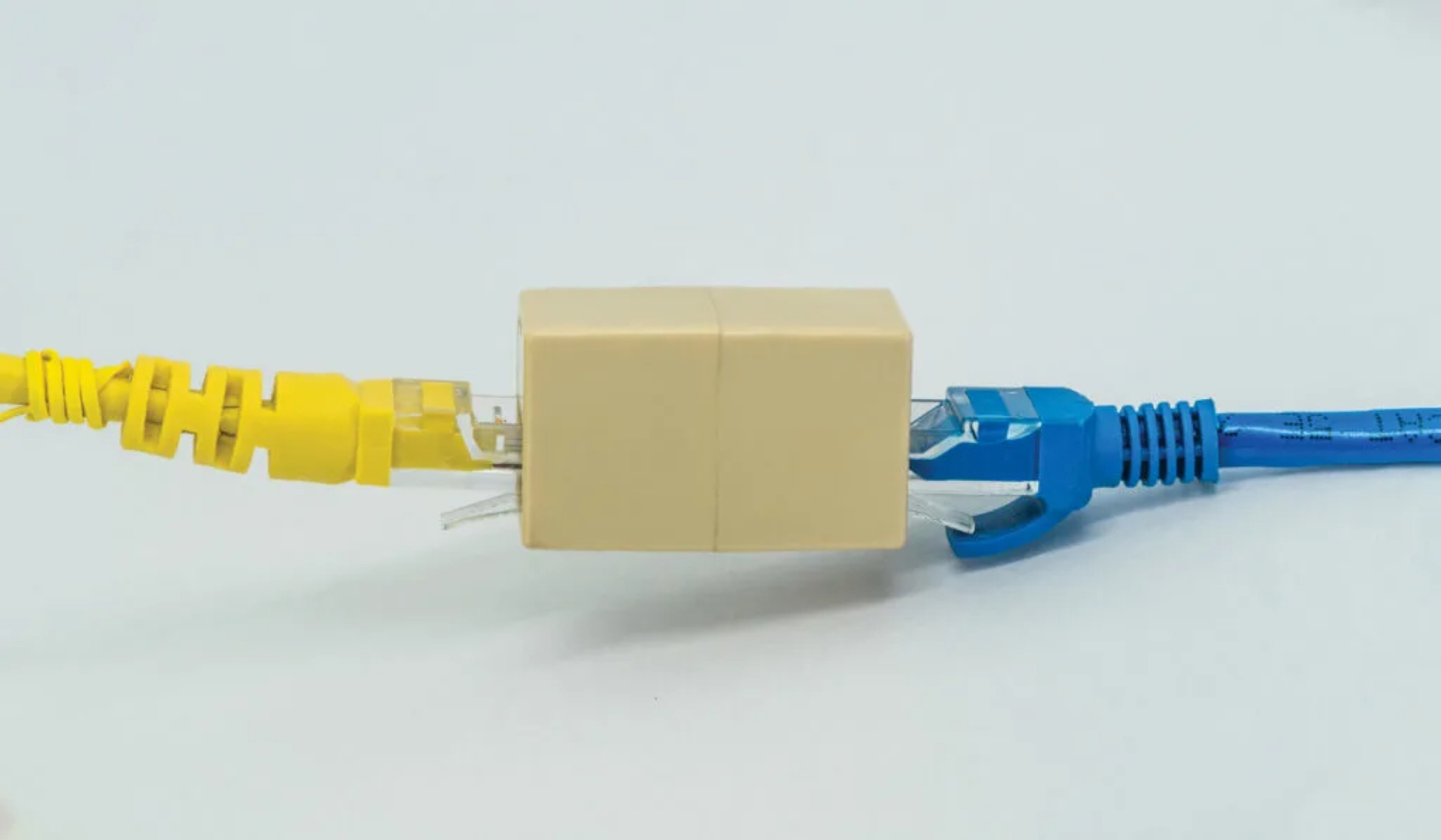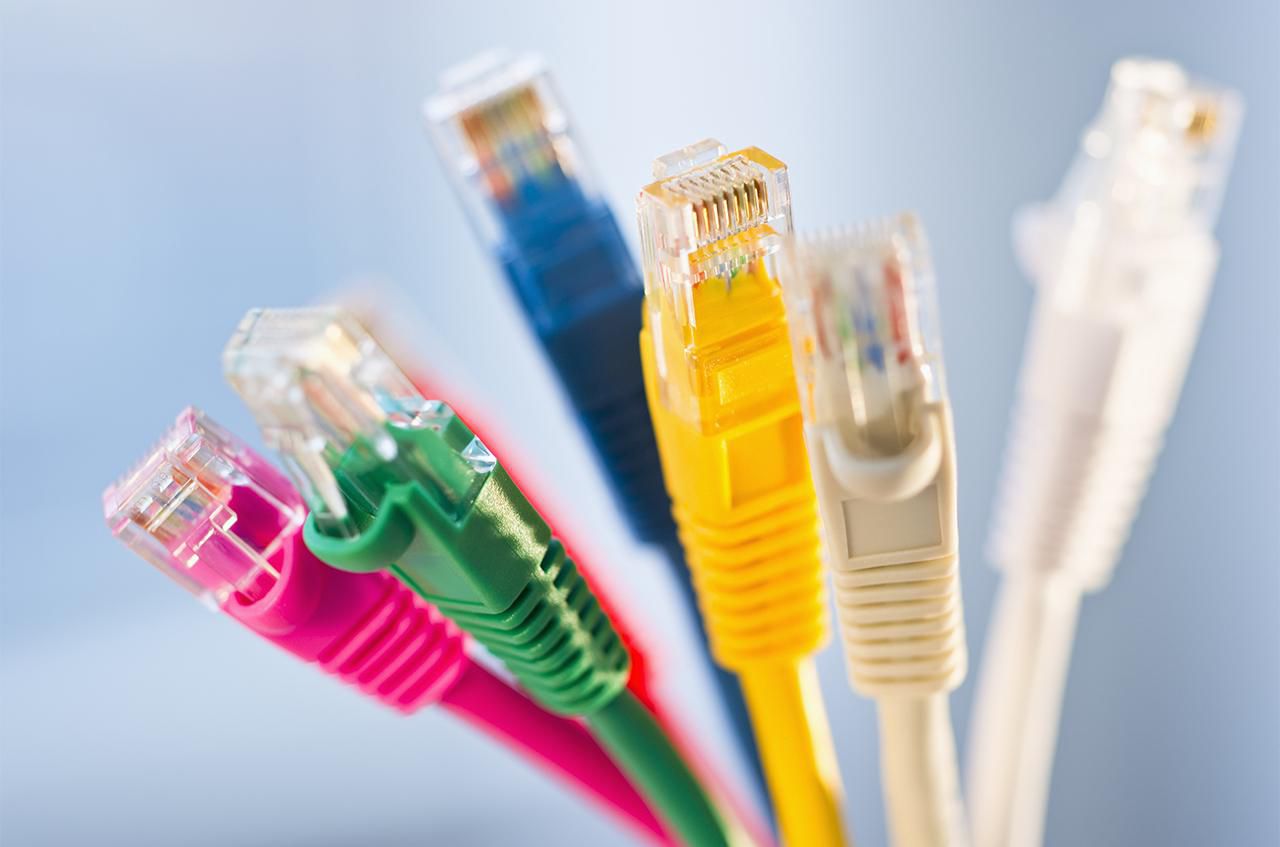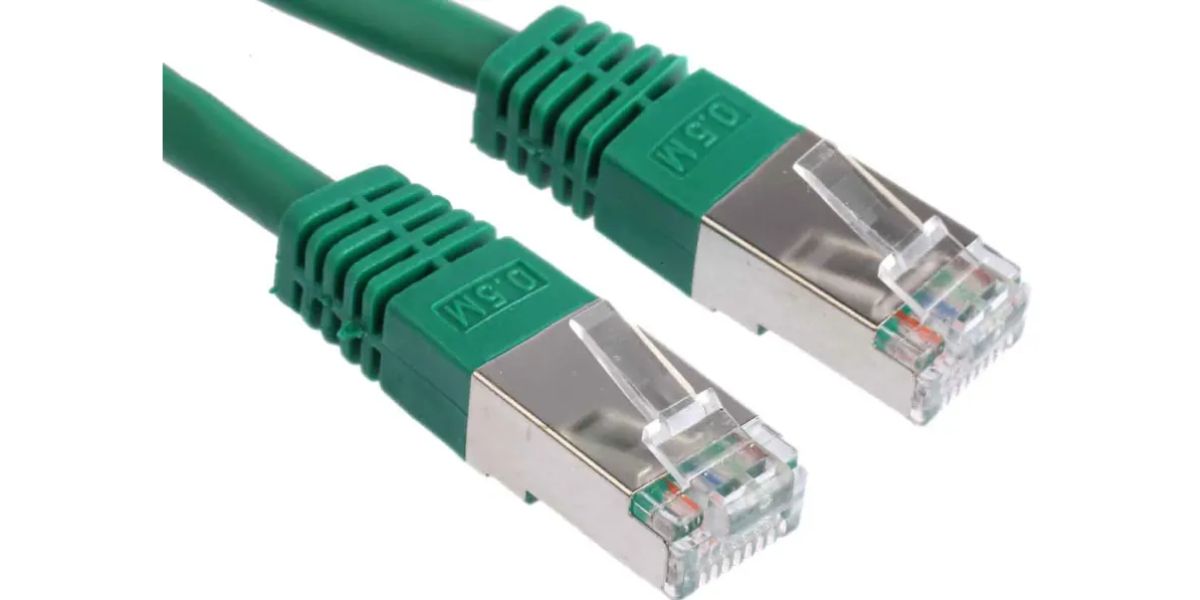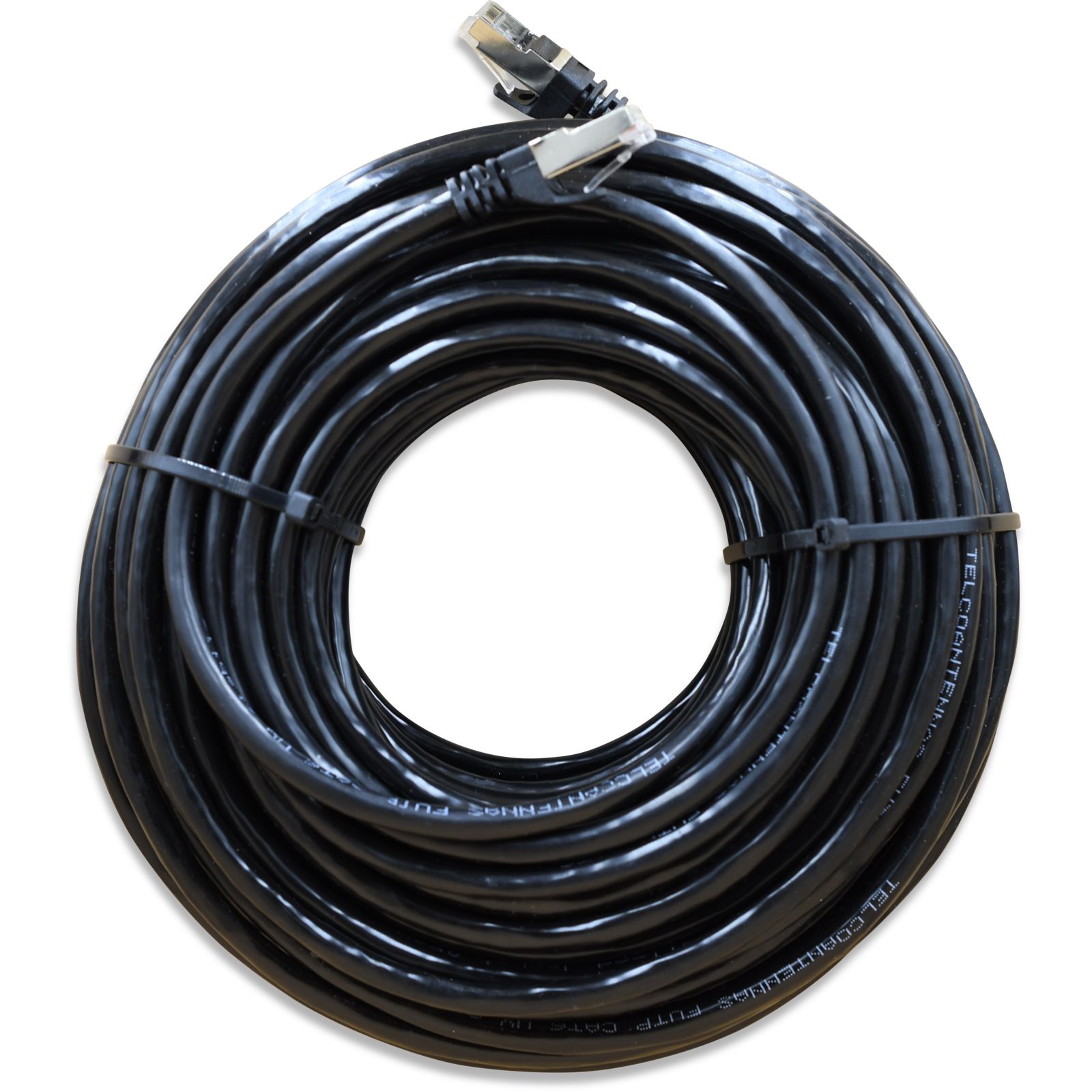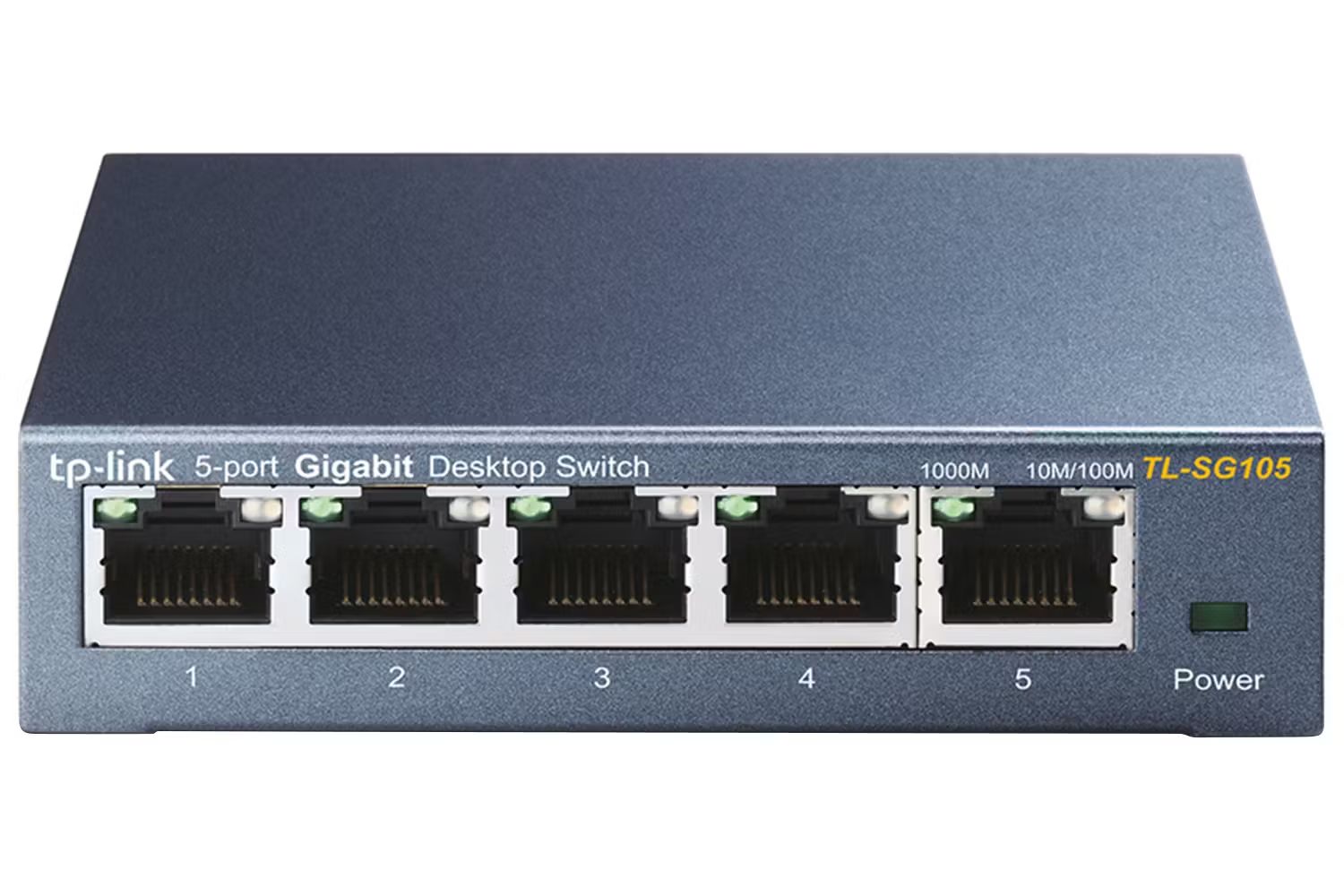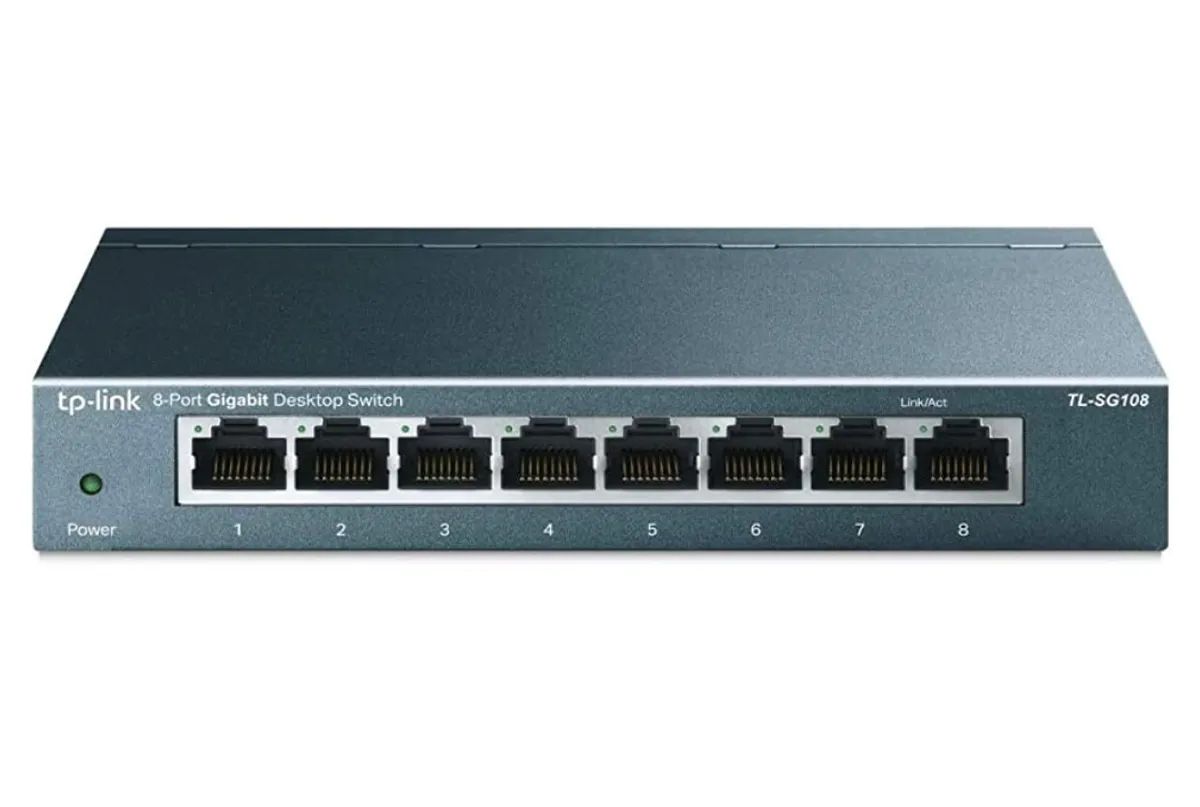Introduction
In today’s modern digital age, Ethernet has become the standard for connecting devices within a local area network (LAN). Whether it’s in your home, office, or any other networking environment, Ethernet provides a reliable and fast connection. But have you ever heard of an Ethernet crossover cable? If you’re unfamiliar with this term, don’t worry – you’re not alone.
Ethernet crossover cables are a specific type of Ethernet cable that is used to directly connect two devices without the need for a network switch or hub. While regular Ethernet cables are primarily used to connect devices to a network, crossover cables are designed to establish a direct, device-to-device connection. This can be useful in certain situations where you want to transfer data between two devices without the need for additional networking equipment.
In this article, we will explore what Ethernet crossover cables are, when they are needed, how they work, and whether you can make your own crossover cable. By the end, you will have a better understanding of this unique networking tool and how it can benefit you in various scenarios.
What is Ethernet?
Ethernet is a widely-used networking technology that allows computers and other devices to communicate with each other within a local area network (LAN). It was first developed in the 1970s by Xerox Corporation, and later standardized by the Institute of Electrical and Electronics Engineers (IEEE). Since then, Ethernet has evolved into the most commonly implemented network protocol.
Ethernet operates on the principle of data packets being sent and received over a physical connection. These packets are formatted according to a set of rules known as the Ethernet protocol. The Ethernet protocol defines how data is transmitted, addressed, and detected for various devices on the network.
Ethernet networks utilize a variety of cables and connectors to facilitate the transmission of data. The most common type of Ethernet cable is known as a “twisted pair” cable, which consists of multiple pairs of insulated copper wires twisted together. The wires are twisted to minimize interference and ensure data reliability.
Ethernet cables are typically classified according to their category or “Cat” rating, ranging from Cat 5 to the latest Cat 8. Each category represents different specifications and capabilities, such as maximum data transmission speed and bandwidth. Higher category cables are capable of supporting faster and more reliable network connections.
Ethernet has become the de facto standard for wired networking due to its simplicity, reliability, and widespread compatibility. It provides a stable and secure connection that can handle large amounts of data, making it ideal for applications such as internet browsing, file sharing, video streaming, and online gaming.
As technology continues to advance, Ethernet has also expanded its reach beyond traditional wired connections. Wireless Ethernet, also known as Wi-Fi, enables devices to connect to a network without the need for physical cables. This allows for greater mobility and flexibility in a network environment, making it possible to connect devices from anywhere within the network’s coverage area.
What is a Crossover Cable?
A crossover cable is a special type of Ethernet cable that is used to directly connect two devices without the need for a network switch or a hub. While regular Ethernet cables are designed to connect devices to a network, crossover cables enable a direct device-to-device connection.
The key difference between a crossover cable and a regular Ethernet cable lies in the wiring configuration. In a standard Ethernet cable, also known as a straight-through cable, the wires on one end of the cable are connected in the same order as the wires on the other end. This configuration is ideal for connecting devices to a network switch or a hub.
On the other hand, a crossover cable has a unique wiring arrangement. The transmit (TX) and receive (RX) wires are crossed over, hence the name “crossover cable.” This configuration allows for direct communication between two devices by ensuring that the transmitting signal from one device is aligned with the receiving signal of the other device.
Crossover cables are primarily used in scenarios where there is a need to establish a direct connection between two devices without the use of a network infrastructure. For instance, if you want to connect two computers together for file sharing or to create a small network, a crossover cable would be the appropriate choice.
However, it’s important to note that not all devices require a crossover cable for direct communication. Modern Ethernet interfaces are equipped with Auto-MDIX (Automatic Medium-Dependent Interface Crossover) technology, which automatically detects the type of cable connected and adjusts the wiring accordingly. This means that in many cases, you can use a regular Ethernet cable to establish a direct connection between devices, thanks to the Auto-MDIX feature.
In summary, a crossover cable is a specialized Ethernet cable used for direct device-to-device connections. While it was once a necessity in networking, modern technology has made it less essential. However, having a crossover cable on hand can still be useful in certain situations where Auto-MDIX is not available, ensuring smooth and direct communication between your devices.
When do you need a Crossover Cable?
While the need for a crossover cable has decreased with the widespread adoption of Auto-MDIX technology, there are still instances where using a crossover cable is necessary for establishing a direct connection between devices. Here are a few scenarios where you may need a crossover cable:
- Connecting two computers: If you want to directly connect two computers together without the use of a network switch or a router, a crossover cable is required. This allows you to transfer files, share resources, or play multiplayer games between the two computers.
- Connecting two switches or hubs: In certain network setups, you may need to connect two switches or hubs together to expand your network or create redundancy. In such cases, a crossover cable is used to establish the direct connection between the two network devices.
- Connecting a computer to a network switch or hub: If you want to connect a single computer to a network switch or hub, you typically do not need a crossover cable. Most modern network switches and hubs support Auto-MDIX and can automatically adjust the wiring configuration to accommodate a regular Ethernet cable.
- Connecting a computer directly to a router: Normally, connecting a computer to a router can be done using a regular Ethernet cable. However, if the router does not have Auto-MDIX support, you may require a crossover cable to establish a direct connection.
It’s worth noting that many newer devices, including computers, routers, and switches, come equipped with Auto-MDIX capability. This means that in most situations, you can use a regular Ethernet cable, regardless of whether you need a direct connection or a connection to a network device. Auto-MDIX automatically detects the type of cable and adjusts the wiring configuration accordingly, simplifying the process of connecting devices together.
Ultimately, the need for a crossover cable depends on the devices you are connecting and whether they support Auto-MDIX. If you are unsure, it’s always a good idea to consult the user manuals or do some research to determine the most suitable cable for your specific networking requirements.
How Does a Crossover Cable Work?
A crossover cable works by swapping the transmit (TX) and receive (RX) wires in one end of the cable, allowing for direct device-to-device communication. This reversal of the wiring scheme enables two devices to transmit and receive data simultaneously, without the need for a network switch or hub to facilitate the connection.
In a regular Ethernet cable, the transmit wires of one device are connected to the receive wires of the other device. This configuration allows for data to be transmitted in one direction and received in the other, making it suitable for connecting devices to a network switch or hub.
However, when using a crossover cable, the transmit wires from one device are connected to the receive wires of the other device, and vice versa. This direct connection between the transmit and receive circuits of the devices allows for simultaneous bidirectional communication. It eliminates the need for a middleman device, such as a network switch, to mediate the data transfer.
When two devices are connected using a crossover cable, they both operate in a “send and receive” mode simultaneously. This means that each device can transmit data to the other device while also receiving data from it. It effectively creates a direct and dedicated pathway between the two devices, enabling them to exchange information without interference.
It’s important to note that not all devices require the use of a crossover cable for direct communication. Many modern networking devices, including computers, routers, and switches, come equipped with Auto-MDIX (Automatic Medium-Dependent Interface Crossover) technology. This technology can automatically detect the type of cable connected and adjust the wiring configuration accordingly, making it possible to use a regular Ethernet cable for direct connections in most situations.
In summary, a crossover cable works by swapping the transmit and receive wires at one end, allowing for direct device-to-device communication. It eliminates the need for a network switch or hub to establish a connection. However, with the prevalence of Auto-MDIX technology, the need for a dedicated crossover cable has reduced, as many devices can automatically adjust their wiring configuration to accommodate a regular Ethernet cable.
How to Make a Crossover Cable?
Creating a crossover cable requires some basic knowledge of Ethernet cable wiring and the proper tools. While it may seem daunting at first, making your own crossover cable can be a cost-effective solution if you need one for a specific networking setup. Here are the steps to make a crossover cable:
- Gather the necessary materials: You will need Ethernet cable (preferably Category 5e or higher), RJ-45 connectors, a wire cutter/stripper, and a crimping tool.
- Strip the cable: Use the wire cutter/stripper to carefully remove approximately 1 inch (2.5 cm) of the outer insulation from each end of the Ethernet cable to expose the individual wires.
- Straighten and arrange the wires: Untwist the pairs of wires and arrange them according to the T568B wiring standard, where the pinout sequence is as follows: orange/white, orange, green/white, blue, blue/white, green, brown/white, and brown.
- Cross over the transmit (TX) and receive (RX) pairs: At one end of the cable, rearrange the wires so that the transmit wires (pins 1 and 2) are crossed with the receive wires (pins 3 and 6). Use caution to ensure accuracy and minimize wire overlap or short circuits.
- Trim and insert the wires into the RJ-45 connector: Trim the excess wire length, leaving approximately 0.5 inch (1.3 cm) of exposed wire. Insert each wire into the corresponding slot of the RJ-45 connector, ensuring the wires reach the end of the connector.
- Crimp the connector: Insert the RJ-45 connector with wires into the crimping tool. Apply firm pressure to the tool to crimp the connector, securing the wires in place.
- Repeat the process for the other end: Follow the same steps to create the crossover configuration at the other end of the cable.
- Test the cable: Once both ends are crimped, use a network cable tester or a continuity tester to check the cable for proper connectivity and wiring configuration.
It’s worth noting that making your own crossover cable may void any warranty on pre-made Ethernet cables, and it requires careful attention to detail. If you’re not confident in your abilities, it’s recommended to purchase a pre-made crossover cable or seek assistance from a professional.
By following these steps, you can create a crossover cable to suit your specific networking needs. However, it’s important to remember that with the prevalence of Auto-MDIX technology, the need for a dedicated crossover cable has significantly reduced, as many modern devices can automatically adjust their wiring configuration to accommodate a regular Ethernet cable.
Can a Regular Ethernet Cable be Used as a Crossover Cable?
In many cases, a regular Ethernet cable can be used as a crossover cable. This is due to the implementation of Auto-MDIX (Automatic Medium-Dependent Interface Crossover) technology in most modern networking devices. Auto-MDIX enables devices to automatically detect the type of cable connected and adjust the wiring configuration accordingly.
With Auto-MDIX, if you connect two devices using a regular Ethernet cable, the devices will detect that a direct connection is desired and automatically perform the necessary crossover internally. This means that you can effectively use a regular Ethernet cable for direct device-to-device connections without the need for a dedicated crossover cable.
The Auto-MDIX feature is present in a wide range of devices, including computers, routers, switches, and network interface cards (NICs). It simplifies the process of connecting devices together, as you don’t need to worry about using the correct cable or manually configuring the wiring arrangement.
However, it’s important to note that not all devices support Auto-MDIX. Older networking equipment may not have this feature, requiring the use of a crossover cable for direct connections. Additionally, certain specific scenarios or legacy systems may still require the use of a crossover cable, even when Auto-MDIX is available.
If you’re uncertain whether your devices support Auto-MDIX, you can consult the user manual or conduct a quick online search for the specifications of your networking equipment. Additionally, if you encounter connection issues when using a regular Ethernet cable, it may be worth trying a crossover cable instead, especially if Auto-MDIX is not available on your devices.
In summary, a regular Ethernet cable can often be used as a crossover cable due to the implementation of Auto-MDIX technology in modern networking devices. Auto-MDIX enables devices to detect and automatically adjust the wiring configuration for direct device-to-device connections. However, it’s important to verify whether your devices support Auto-MDIX and to consider specific scenarios or legacy systems that may still require the use of a crossover cable.
Conclusion
Ethernet crossover cables offer a convenient solution for establishing direct connections between devices without the need for a network switch or hub. They can be used in various scenarios, such as connecting two computers, linking switches or hubs, or directly connecting a computer to a router. However, with the widespread adoption of Auto-MDIX technology, the need for a dedicated crossover cable has diminished, as modern devices can automatically adjust their wiring configuration to accommodate a regular Ethernet cable.
Understanding the basics of Ethernet, including its protocol and cable types, is essential in comprehending the purpose and functionality of a crossover cable. Ethernet provides a reliable and fast networking solution, allowing devices to communicate within a local area network seamlessly. Whether it’s in a home, office, or any other network environment, Ethernet is the standard choice.
If you find yourself in a situation where a crossover cable is necessary, you can choose to purchase a pre-made cable or make one yourself. Creating a crossover cable requires some knowledge of Ethernet cable wiring and the right tools, including Ethernet cable, RJ-45 connectors, a wire cutter/stripper, and a crimping tool. However, it’s important to note that Auto-MDIX has greatly reduced the need for homemade crossover cables.
As technology continues to advance, Ethernet and network infrastructure will continue to evolve. It’s crucial to keep up with the latest developments, such as Auto-MDIX support in devices, to determine whether a crossover cable is needed in specific scenarios. Consulting the user manuals of your networking equipment or conducting research can provide valuable insights into the suitable type of cable to use.
Overall, while crossover cables still have their uses, the necessity for them has diminished with the prevalence of Auto-MDIX technology. Whether you choose to use a crossover cable or a regular Ethernet cable, it’s essential to ensure proper connectivity and compatibility to achieve optimal networking performance.







